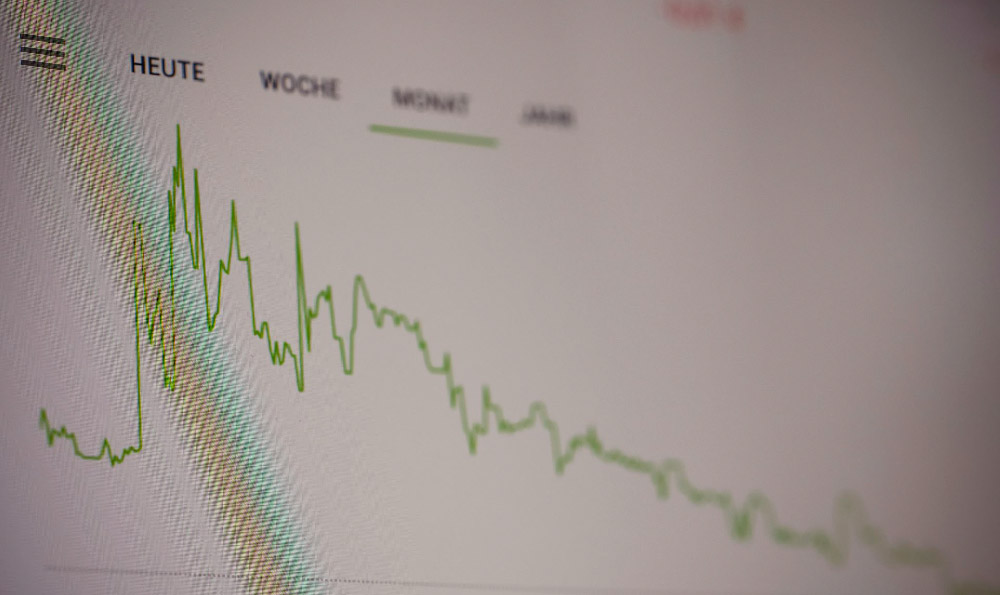Laundromats, seemingly mundane establishments humming with the whir of washers and dryers, often pique the curiosity of potential investors. The question of profitability is central to their appeal, prompting a deeper dive into their earning potential. Understanding the revenue streams, operating costs, and various factors influencing success is crucial before considering investment.
A laundromat's income primarily stems from coin-operated or card-operated washing and drying machines. The cost per load varies depending on machine size, washing cycle, and location. Additional revenue streams can significantly boost profitability. These often include the sale of laundry detergent, fabric softener, and dryer sheets through vending machines or over-the-counter sales. Drop-off laundry services, where customers leave their clothes to be washed, dried, and folded, offer a premium service that commands higher prices. Some laundromats offer dry cleaning services, either on-site or through partnerships, further expanding their revenue potential. Adding amenities like arcade games, snack vending machines, or even a small coffee shop can contribute additional income and enhance the customer experience, encouraging repeat business.
However, understanding the potential revenue is only half the picture. Operating costs play a critical role in determining the ultimate profitability of a laundromat. Rent or mortgage payments constitute a significant expense, particularly in high-traffic areas. Utility bills, encompassing water, electricity, and gas, are substantial due to the energy-intensive nature of washing and drying. Equipment maintenance and repair are ongoing costs, requiring regular servicing to prevent breakdowns and ensure optimal performance. Labor costs for attendants who assist customers, clean the facility, and handle cash can vary depending on the size of the laundromat and the level of service provided. Insurance premiums are necessary to protect against property damage, liability, and other unforeseen events. Finally, supplies like cleaning products, laundry bags, and spare parts contribute to the overall operational expenses.

Net profit, the true measure of a laundromat's financial success, is calculated by subtracting total operating costs from total revenue. Profit margins can vary significantly based on several key factors. Location is paramount. Laundromats in densely populated areas with a large renter population tend to generate higher revenue. The condition and age of the equipment directly impact efficiency and operating costs. Older machines are often less energy-efficient and prone to breakdowns, leading to higher utility bills and repair expenses. Effective management practices are crucial for maximizing profitability. This includes implementing strategies to reduce operating costs, such as using energy-efficient equipment, negotiating favorable utility rates, and minimizing water waste.
The level of competition in the area can also influence profitability. A laundromat operating in an area with several competitors may need to offer lower prices or invest in enhanced amenities to attract customers. Marketing and advertising efforts, while often overlooked, can play a vital role in driving traffic and increasing revenue. Online presence, local advertising, and community engagement can help attract new customers and retain existing ones. Furthermore, the overall economic climate can impact the laundromat business. During economic downturns, people may be more likely to use laundromats as a cost-effective alternative to home laundry.
So, how much can a laundromat earn? While there's no single answer, industry estimates suggest that well-managed laundromats can generate profit margins ranging from 15% to 30%. This translates to an annual income that can range from tens of thousands to hundreds of thousands of dollars, depending on the factors outlined above. A small, owner-operated laundromat in a rural area might generate a modest income, while a large, well-equipped laundromat in a bustling urban center could yield significantly higher profits.
It's important to distinguish between passive and active income. Owning a laundromat can be a relatively passive investment if you hire a manager to oversee day-to-day operations. However, active involvement in the business, such as managing finances, marketing, and customer service, can significantly improve profitability. Many successful laundromat owners are actively involved in their businesses, closely monitoring expenses, implementing strategies to improve efficiency, and fostering a positive customer experience.
Investing in a laundromat, like any business venture, involves inherent risks. Market research is crucial to assess the demand for laundry services in the target area and identify potential competitors. A thorough due diligence process is essential to evaluate the financial performance of an existing laundromat before acquiring it. Seeking advice from experienced laundromat owners, industry consultants, or financial advisors can provide valuable insights and help mitigate potential risks.
Financing a laundromat can be challenging, requiring a significant upfront investment for equipment, leasehold improvements, and operating capital. Securing loans from banks or other financial institutions may require a solid business plan, financial projections, and collateral. Exploring alternative financing options, such as Small Business Administration (SBA) loans or private investors, may be necessary.
In conclusion, laundromats can be profitable businesses, but their earning potential depends on a complex interplay of factors. Careful planning, diligent management, and a thorough understanding of the market are essential for success. While the whir of washers and dryers might seem simple, the business behind them requires a strategic approach to maximize revenue, minimize costs, and ultimately, generate a healthy profit. The key lies in identifying the right location, investing in efficient equipment, providing excellent customer service, and adapting to the ever-changing needs of the community. Therefore, thorough research and careful consideration are paramount before venturing into the laundromat industry.












